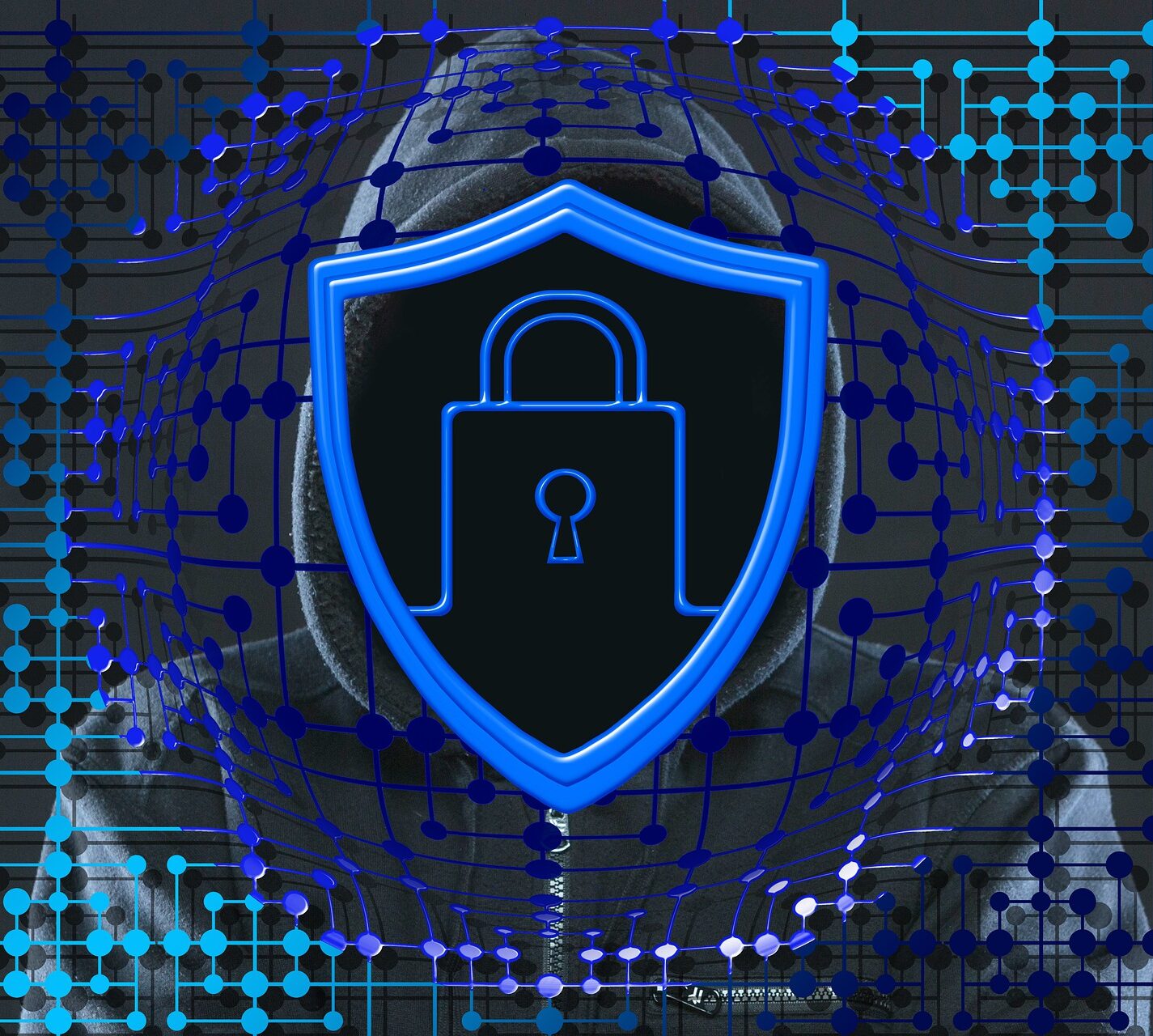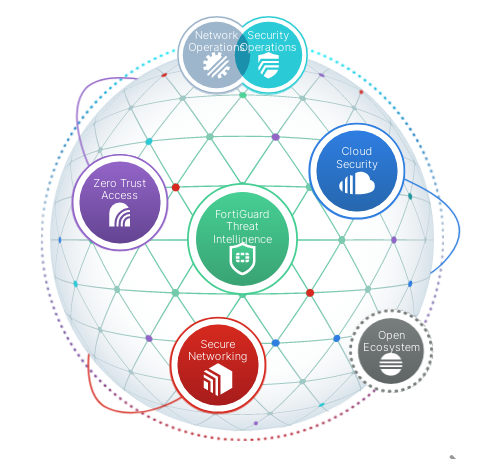
It is difficult to predict exactly what types of cyber crimes will occur in the coming years, as the nature of cyber threats is constantly evolving. However, some trends that have emerged in recent years are likely to continue in the future.
Here are some additional details about some of the trends in cyber crime that I mentioned earlier:
- Ransomware attacks: Ransomware attacks have become increasingly common in recent years, and this trend is likely to continue in the coming years. These attacks often involve hackers gaining access to a victim’s computer and encrypting their data, making it inaccessible until a ransom is paid. Ransomware attacks can be particularly damaging for businesses and organizations, as they may be unable to access important data or systems until the ransom is paid. It is important for individuals and organizations to take steps to protect themselves from ransomware attacks, such as keeping their software and security measures up to date, backing up important data regularly, and being cautious about opening suspicious emails or links.
- Phishing attacks: Phishing attacks are a common form of cyber crime in which hackers send emails or messages that appear to be from legitimate sources in an attempt to trick the recipient into providing sensitive information or clicking on a link that will install malware on their computer. These attacks can be difficult to detect, as the emails or messages often look very similar to legitimate ones. It is important for individuals and organizations to be cautious about providing sensitive information online and to be aware of the signs of a phishing attack, such as requests for personal or financial information, urgent requests for action, or links to unfamiliar websites.
- Artificial intelligence and machine learning: Both cyber criminals and cybersecurity professionals are likely to make increasing use of artificial intelligence (AI) and machine learning in the coming years. Cyber criminals may use these technologies to automate their attacks and make them more effective, while cybersecurity professionals may use them to detect and respond to threats more quickly. For example, AI and machine learning algorithms can be used to analyze large amounts of data and identify patterns or anomalies that may indicate a cyber attack, allowing security teams to respond more quickly and effectively. It is important for individuals and organizations to be aware of the potential risks and benefits of these technologies and to take steps to protect themselves from potential threats.
Some additional trends in cyber crime that may continue in the coming years include:
- Cyber espionage: This type of cyber crime involves hackers gaining unauthorized access to a victim’s computer or network in order to steal sensitive information, such as trade secrets or intellectual property. Cyber espionage is often carried out by nation-states or other sophisticated actors, and can be difficult to detect and defend against.
- Mobile attacks: As more and more people use smartphones and other mobile devices to access the internet, mobile devices have become an increasingly attractive target for hackers. Mobile attacks can take a variety of forms, including malware that is installed on a device through a malicious app or a phishing attack that is targeted at a mobile device. It is important for individuals to be cautious about downloading apps and to keep their mobile devices up to date with the latest security patches.
- Internet of Things (IoT) attacks: The increasing number of devices that are connected to the internet, such as smart home appliances and industrial control systems, has created new opportunities for hackers to gain access to networks and systems. IoT attacks can take a variety of forms, including malware that is installed on a device through a malicious app or a denial of service (DoS) attack that targets a device or network. It is important for individuals and organizations to be aware of the potential risks associated with IoT devices and to take steps to protect themselves, such as using strong passwords and keeping devices up to date with the latest security patches.
How to get ahead of cyber criminals

There are a number of steps that individuals and organizations can take to stay ahead of cyber criminals and protect themselves from cyber threats:
- Use strong, unique passwords: Using strong, unique passwords for all of your accounts can help to prevent hackers from gaining access to your accounts. Avoid using the same password for multiple accounts, and consider using a password manager to generate and store strong, unique passwords for you.
- Keep software and security measures up to date: Keeping your operating system, antivirus software, and other security measures up to date can help to protect you from new and emerging threats. Make sure to install updates as soon as they become available.
- Be cautious about providing sensitive information online: Be wary of giving out personal or financial information online, especially in response to unsolicited emails or phone calls.
- Use two-factor authentication: Two-factor authentication (2FA) adds an extra layer of security to your accounts by requiring you to provide a second form of authentication, such as a code sent to your phone, in addition to your password.
- Back up important data: Regularly backing up your important data can help to protect you in the event of a ransomware attack or other data loss.
- Use a firewall: A firewall can help to protect your computer or network from unauthorized access.
- Use a secure internet connection: When accessing sensitive information online, use a secure internet connection, such as a virtual private network (VPN), to help protect your data from being intercepted.
By following these and other best practices, individuals and organizations can help to reduce their risk of being targeted by cyber criminals and protect themselves from cyber threats.
With cybercrime becoming increasingly sophisticated, adopting only the above practices might not be enough to prevent an individual or organization from being attacked.
This is why we at ITANDT Solutions, in partnership with one of the world’s best cybersecurity platform, provides cybersecurity solutions for businesses, organizations, and government agencies. It offers a range of products and services designed to protect networks, devices, and data from cyber threats, including firewalls, antivirus software, intrusion prevention systems, and more.
This solution has helped organizations secure their systems, networks, and data from cyber criminals.
Send us an email and we will get back to you within 24 hours
Conclusion
In conclusion, cyber crime is a complex and constantly evolving threat that can have serious consequences for individuals and organizations. It is important for individuals and organizations to stay vigilant and take steps to protect themselves from cyber threats, such as using strong passwords, keeping software and security measures up to date, and being cautious about providing sensitive information online.
While it is difficult to predict exactly what types of cyber crimes will occur in the coming years, some trends that are likely to continue include ransomware attacks, phishing attacks, and the use of artificial intelligence and machine learning by both cyber criminals and cybersecurity professionals. Overall, it is important to stay informed about the latest threats and to take appropriate precautions to protect oneself and one’s organization from cyber crime.
